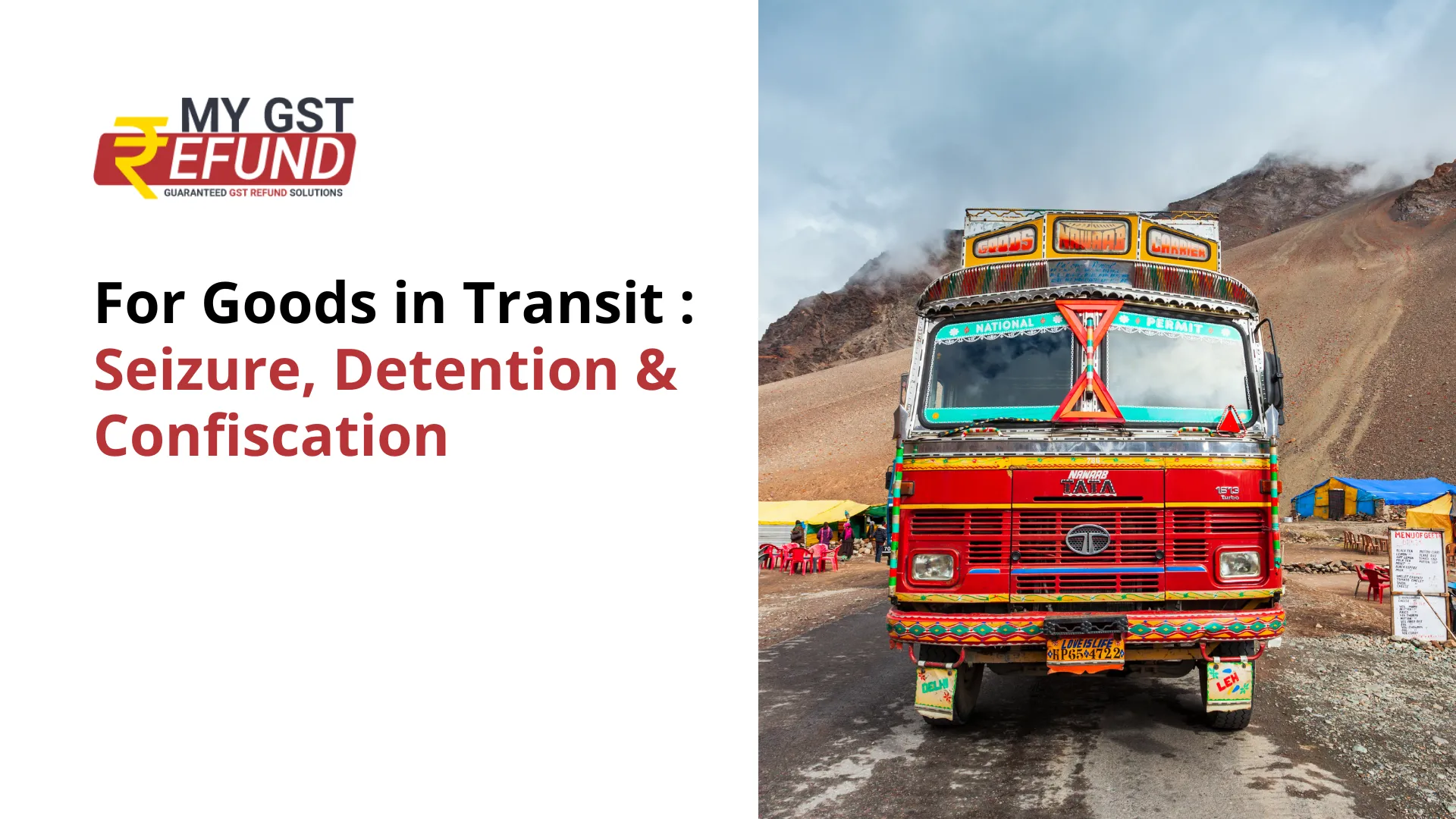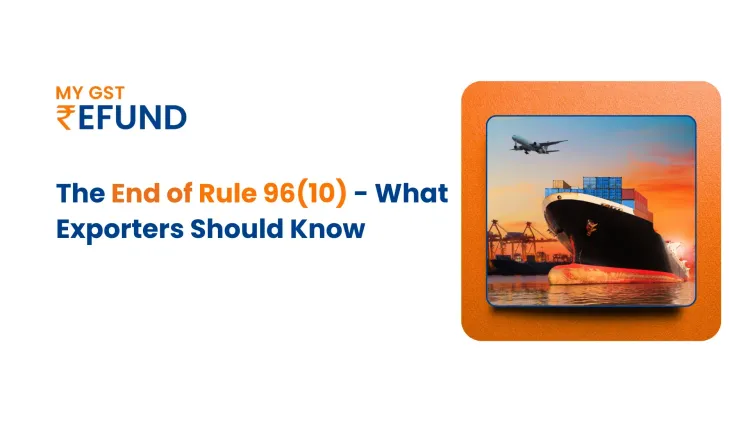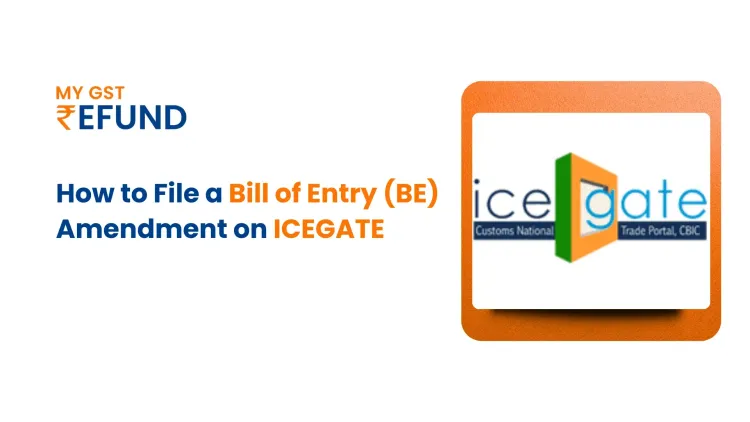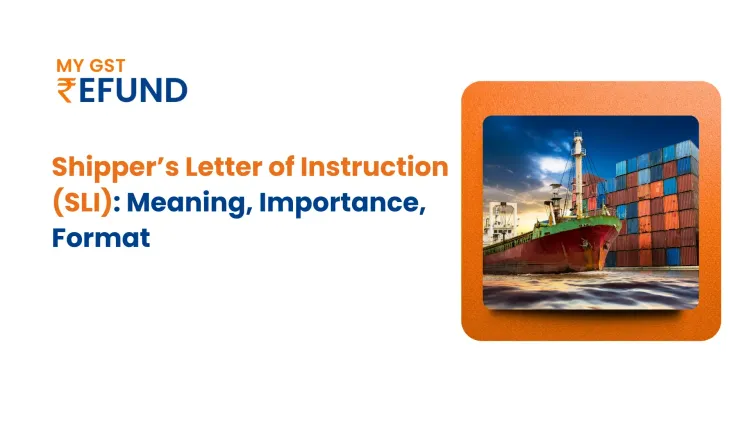It is crucial to note that goods in transit must have correct documentation. If documents are missing or discrepancies are found, the goods may be held and seized.
The detailed provisions relating to seizure, detention and confiscation of goods and vehicles in transit can be found in the Goods and Services Tax Act. Section 130 covers confiscation and penalties, while Section 129 addresses the detention, seizure, and release of goods and vehicles during transit.
Inspection of Goods in Transit
The initial step involves inspecting goods during transit before any seizure or confiscation. An authorized official has the power to examine the goods in transit. Therefore, the responsible person must possess essential documents such as a receipt and an e-Way bill.
Understanding Seizure, Detention And Confiscation
1. Detention
Detention is when the owner of goods is prevented from accessing them under a court order or notification. However, during detention, the actual owner retains legal ownership of the goods. The next step after detention is seizure.
2. Seizure
Seizure involves taking goods away from the physical custody of the owner. It occurs once it is determined that the goods are eligible for confiscation.
3. Confiscation
Confiscation of goods is the final stage following the detention of goods in transit. The goods remain the property of the original owner only until they are detained. After detention, the goods are taken into control and ownership by the government authority.
Difference Between Seizure, Detention And Confiscation
Seizure, detention, and confiscation are distinct stages in the process. Detention occurs when the owner is prevented from accessing their goods, yet they still maintain ownership. A detention order is issued by the government upon reasonable suspicion that seizure may follow. Seizure involves the government taking control of the goods. It happens after a thorough inspection where it's determined that the goods should be confiscated. Confiscation is the final action after detention and seizure, where ownership of the goods is transferred to the government agency.
Section 129 Of CGST Act, 2017 – Detention, Seizure And Release Of Goods And Conveyances In Transit
When goods are transported or stored in transit in violation of the Act or its rules, all such goods, conveyances used for transportation, and related documents shall be detained or seized.
Required Documents
When transporting goods by road, the person responsible for the vehicle must carry a copy of the e-way bill, either in physical or electronic format. Additionally, the person in charge of the vehicle must have the invoice, bill of supply, or delivery challan. The CGST Rules, 2017, specifically Rules 138 to 138D, detail the regulations regarding e-way bills.
Process For Seizing Goods While In Transit
The goods and services will be detained only when you have issued detention order to the person of transporting goods.During the detention of good, duty of tax officer is to issue notice contain amount due and order of payment of tax and penalty for detention of good.
When the goods will be detained then the owner of the goods has a chance to present their case.The goods will be released upon full payment of the tax and penalty.Owner will be given seven days to make payment if he fails to make the payment the goods will be seized.
Penalty for seized goods
The penalty for seized goods is described in Section 129(1)(a) and (b) of the CGST Act, 2017.
Section 129(1)(a): If the owner of the goods comes forward to pay the tax and penalty:
- 200% of tax is penalty on such goods
2% of the value of goods or 25000 whichever is lower for exempted goods.
Section 129(1)(b): If the owner of the goods does not come forward to pay the penalty:- Penalty is 5% of the value of the goods.
For exempted goods, the penalty is 50% of the value of the goods or Rs 25,000, whichever is lower.
Section 130 Of CGST Act, 2017 – Confiscation Of Goods Or Conveyances And Levy Of Penalty
Section 130 specifies the provisions of the Confiscation of goods and conveyances along with the penalty that shall be levied on the owner of goods or conveyances.
Section 130(1) – Confiscation of Goods and Conveyances
Any person who:
- Intentionally evades tax by providing or receiving goods in violation of this Act or its rules.
- Fails to account for goods on which tax is required under this Act.
- Supplies taxable goods without first applying for registration.
Breaches any restrictions to evade tax under this Act.
For transportation goods if any conveyance is used then owners have to prove that conveyance was used without their consent.In case all the goods and conveyance will be confiscated and the person is liable to punishment.
Section 130(4) of the CGST Act mandates that no order for imposing a fine or confiscating goods or conveyances can be made without giving the individual an opportunity to be heard.
Penalty After Confiscation
Owner of the goods is willing to pay a penalty solely then the amount will be 100% minimum and if he does not want then the amount will be 50%.. The owner of the conveyance has the option to pay a fee equal to the tax due on the vehicle instead of facing confiscation. If a fine is paid instead of confiscation, other penalties remain applicable. Additional taxes, fees, and fines must also be settled after paying the fine in place of confiscation.
Before seizing any goods, a notice must be provided with an opportunity to be heard. Once seized, the goods become government property. They will be auctioned after a three-month period, during which the confiscation fine must be paid. Other penalties, such as fines and legal actions, remain unaffected by confiscation and will still be enforced.
Conclusion
In summary, the CGST Act, 2017 defines straightforward procedures for holding, seizing, and taking ownership of goods and conveyances during transit. It ensures adherence to tax rules through detailed inspections, detention orders, and penalties for non-compliance. These measures uphold tax transparency, offering owners opportunities to resolve issues and meet legal obligations promptly.
FAQs
Q.1 What is detention and seizure of goods ?
Ans. Detention is the Act of denying the owner of the goods access according to a court order or notification. However, the real owner still remains the legal owner of the goods detained. When it is believed that the commodities are subject to seizure, a notice is issued, and an opportunity to be heard is given. Seizure refers to the Act of taking the physical custody of the goods from its legal owner.
Q.2 What does seizing goods mean ?
Ans. According to Section 110 of the Act, the appropriate official may take items if he has grounds to think they are subject to Confiscation under the said Act.
Q.3 What is customs detention ?
Ans. In the case of legal action against the accused infringer, customs detention is a mechanism that enables the rights holder to mobilise the items in question and gather proof of the infringement. Only the papers presented by the parties to a dispute are binding on the court.
Also Read:The E-way Bill system in India
Related Posts








